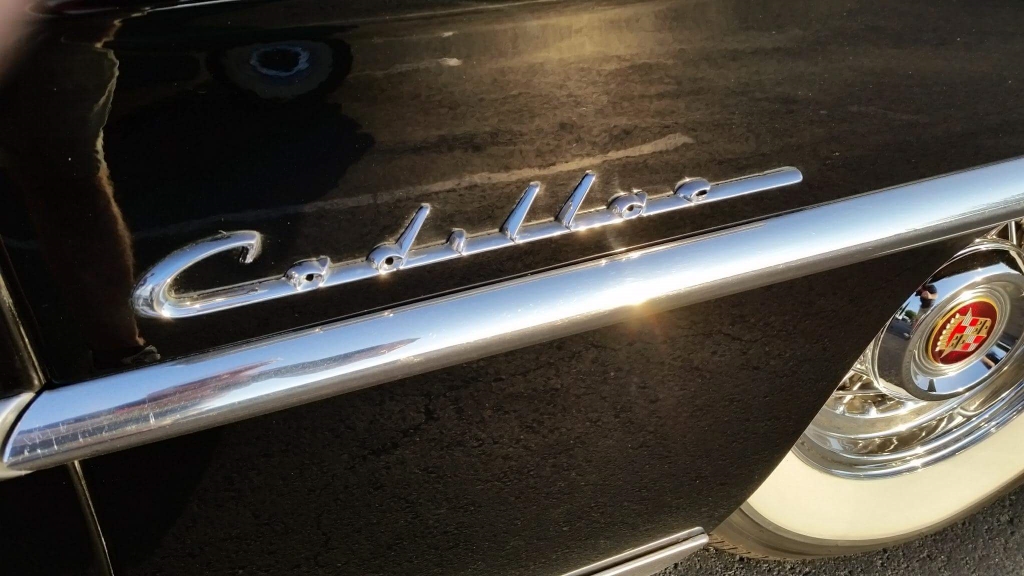
I’ve always had a thing for early ’50s Cadillacs. When I was in second grade or so, my grandparents got me a hardcover “coffee table” type book called Decade of Dazzle. It was a book on Fifties cars, and one of the featured cars was the 1953 Cadillac Eldorado. Looking supreme in white over red leather, it left an impression on me. And later that same year, out on a trip to the Jewel-Osco with my Aunt Candy, I got a 1/43 scale 1952 Cadillac Series 62 sedan in pink and white. I still have it.
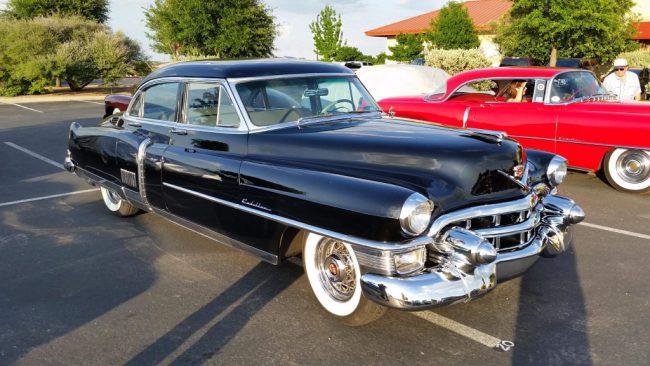
Of course, the 1953 Cadillac was the final iteration of the all-new postwar 1948 Cadillac. It inaugurated the classic Cadillac fishtail fin, and in 1949, the small block V8. In 1950 it was totally restyled, though it still bore a close resemblance to the 1948-49 model.
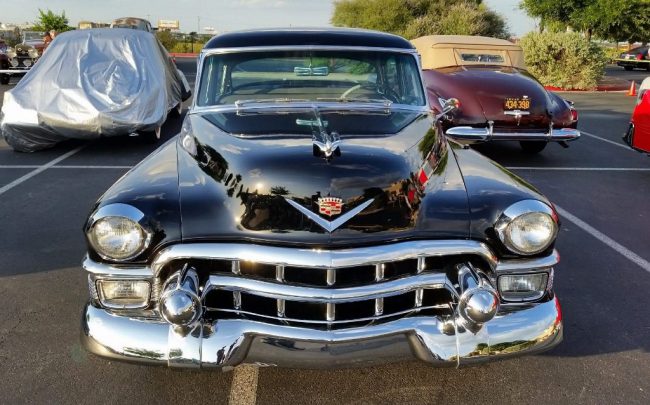
Between 1950 and 1953 only small cosmetic changes were made, and you have to be a real aficionado to tell a ’50 from a ’51 from a ’52. But the ’53 was different.

The biggest change were prominent Dagmar bumperettes, which grew exponentially over the 1952’s units. That term, by the way, came from a well-known 1950s actress by that name who had, ahem, similar attributes…
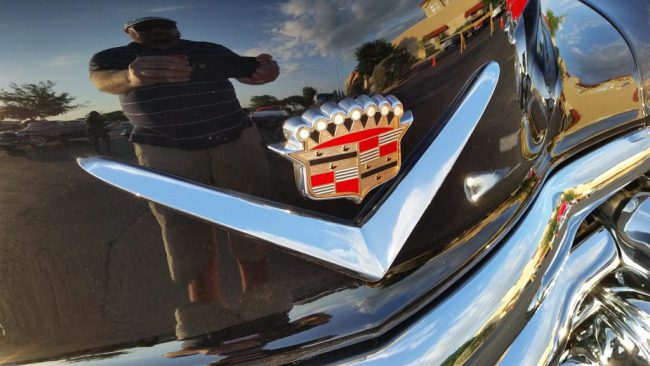
First of all, naturally, the all-new dreamboat Eldorado convertible appeared late that model year. It blew everyone away, was used in the presidential inauguration, and was the most expensive Cadillac, at a hefty $7,750 a pop.
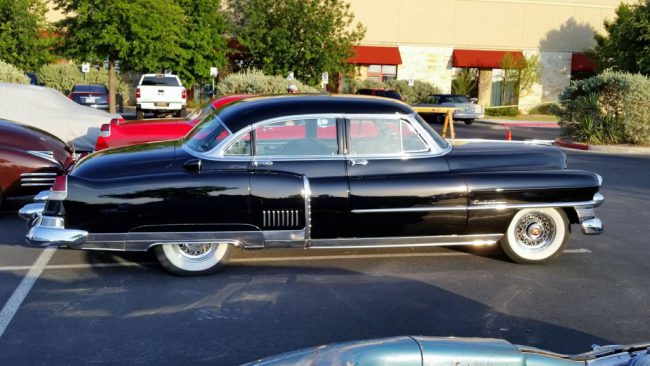
But the gold standard in owner-driven Cadillacs was the Fleetwood Sixty Special. It was, quite simply, the biggest Cadillac you could get that wasn’t a limousine. Its base price was $4,305, a hefty sum, and eclipsed only by the Fleetwood Seventy-Fives and the Eldorado pricewise.
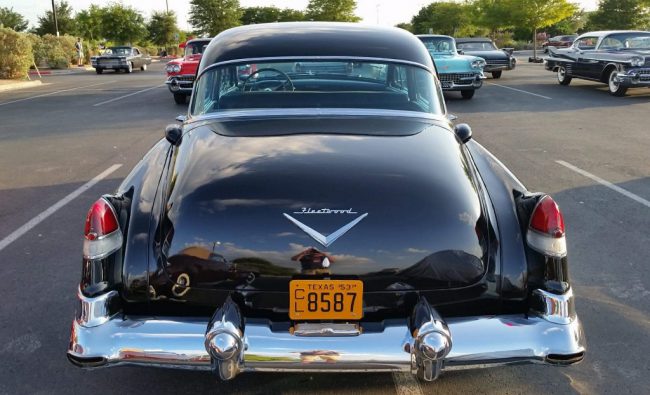
This, at a time when the Series 62 sedan retailed for $3,666 and the Series 62 coupe was $3,571. A 1953 Chevrolet 210 sedan was $1,761. If you saw someone in a Fleetwood Sixty Special, odds are that person was somebody.
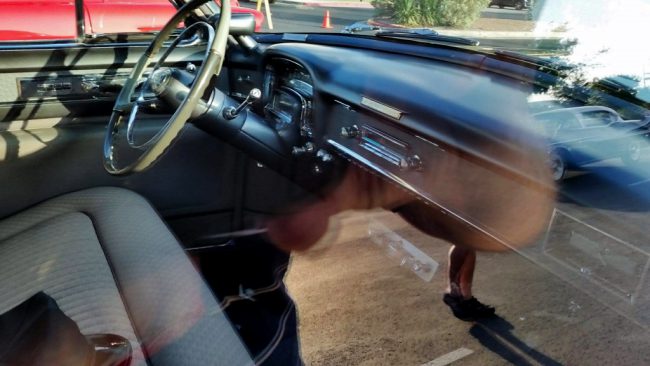
The 1953 Sixty Special, Model 53-60, body/style 6019X, rode a 130 inch wheelbase, four inches longer than a Series 62 coupe or sedan. Like all 1953 Cadillacs, it was powered by the famed 331 CID V8, producing 210 hp at 4,150 revolutions per minute.
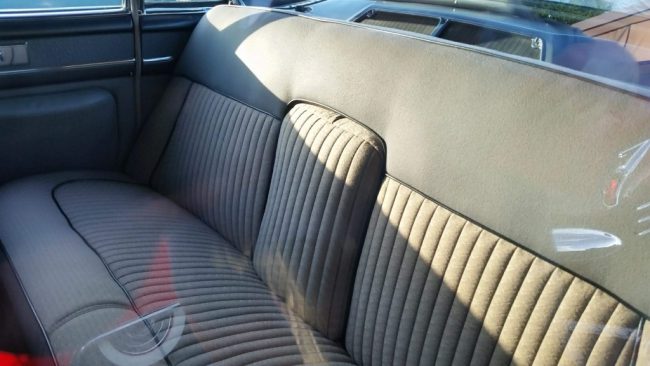
Curb weight of this swanky sedan was 4,337 pounds, making a new ’53 Sixty Special less than a dollar a pound. Not a bad deal, all things considered.
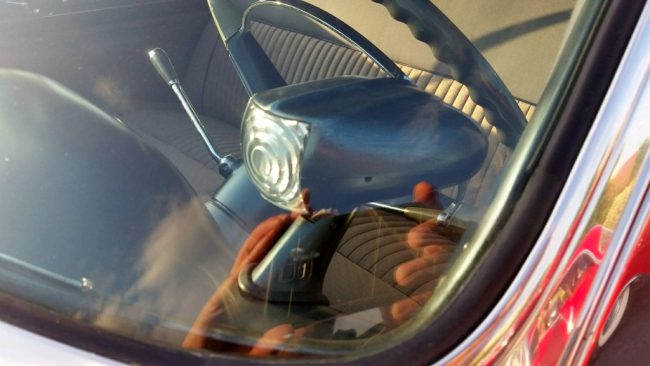
This car was also equipped with the Autronic Eye, which automatically dipped the high beams when it sensed headlamps from an oncoming car.
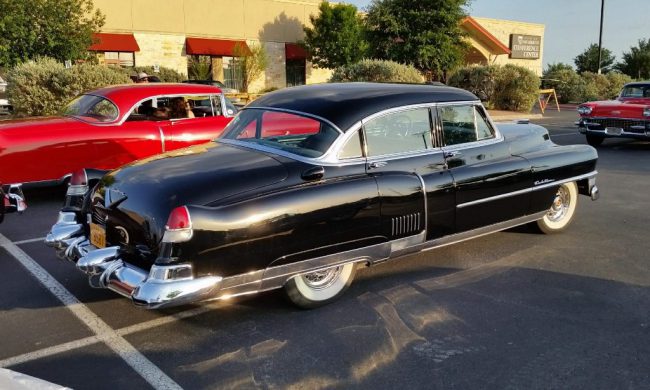
Of course, being a Sixty Special, most everything was standard, including the V8, Hydra-Matic automatic transmission, plush seating and many electric gadgets. But there were some options available, including Autronic Eye ($53), chrome wire wheels (set of five, $325), power steering ($177).

The most expensive option, factory air conditioning, for a princely $620 extra. Or one-third the cost of a new Chevrolet.
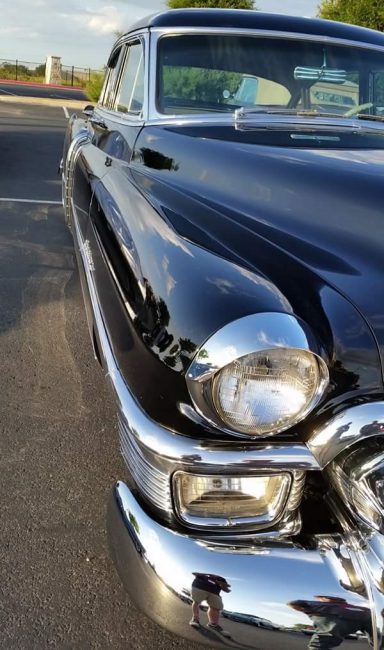
One other interesting thing about 1953 Cadillacs. Not all of them got Hydra-Matic drive, due to a spectacular fire which occurred at the Hydra-Matic factory in Livonia, Michigan on August 12, 1953.
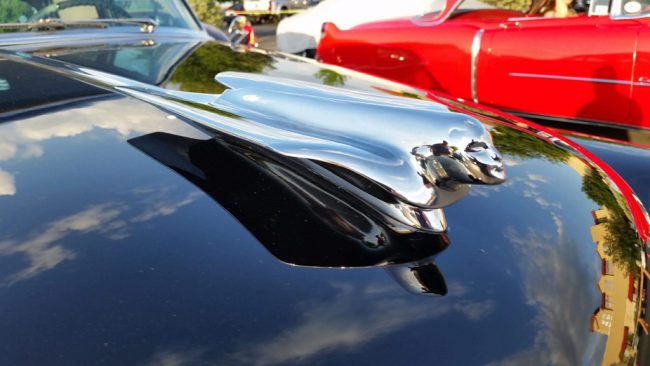
That event is a story in itself, but the long and short of it is that Cadillac production ceased with no transmissions to install. Cadillac production finally resumed on September 8, 1953. And approximately 28,000 Cadillacs were built with Buick’s Dynaflow automatic transmission until supply of Hydra-Matics finally caught up with production requirements.
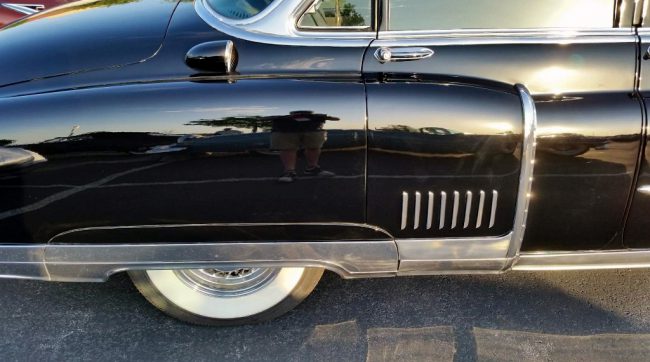
Exactly 20,000 1953 Fleetwood Sixty Specials were built. This showroom new survivor was photographed by my friend Jayson Coombes at the 2018 CLC show in San Marcos, Texas last summer.
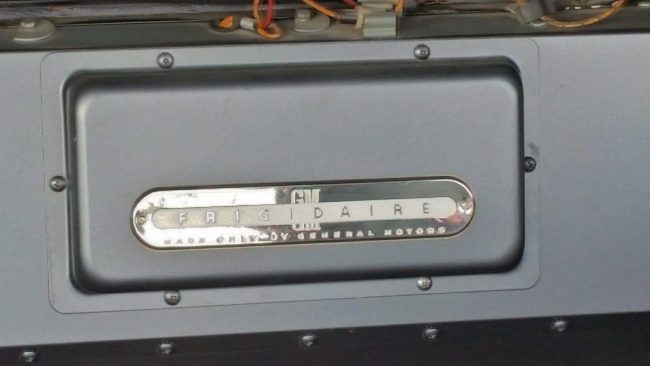
This one is exceptionally rare, due to the factory air conditioning.
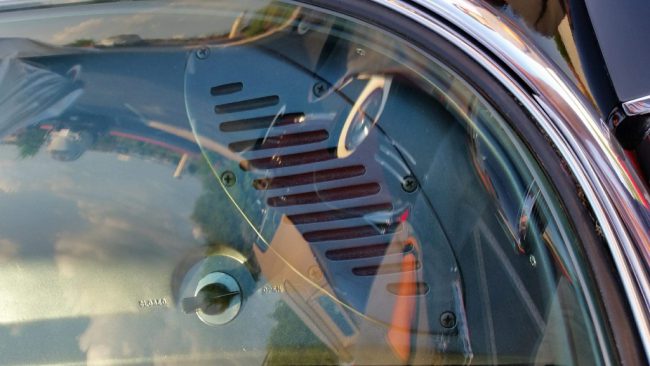
Only 2% of 1953 Cadillacs had this option. It was also the first year that factory-installed air conditioning was offered by Cadillac.
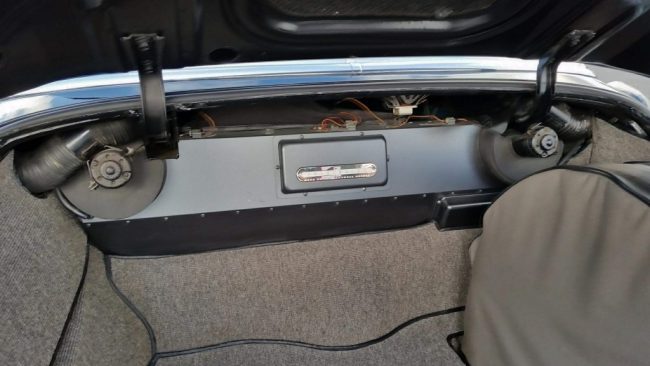
It took up a large part of the trunk, as A/C technology was still relatively new in motor vehicles, though it had been used in buildings and department stores for decades by the early Fifties.
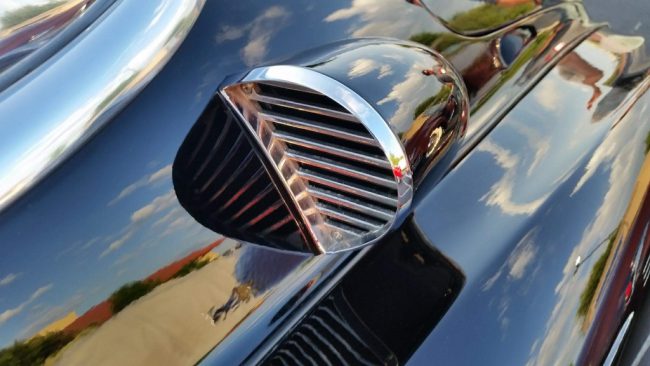
Intake for the air conditioning system
Come 1954, Cadillacs would get fresh sheetmetal once again, and slightly bigger fins. Which, as we all know, would continue to grow through 1959, when Peak Fin was achieved.
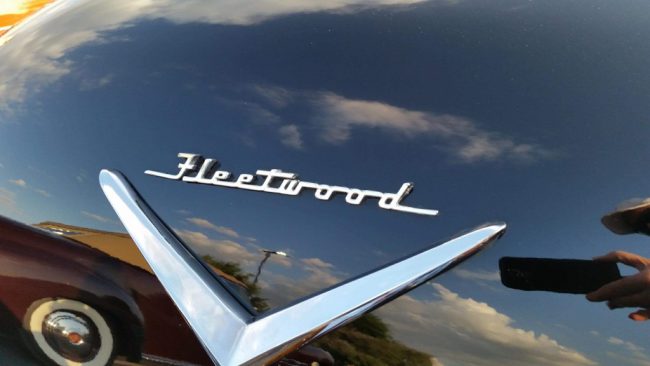
But I love these P-38 finned Cadillacs, and am grateful to Jayson for taking so many excellent pictures. What a beaut!
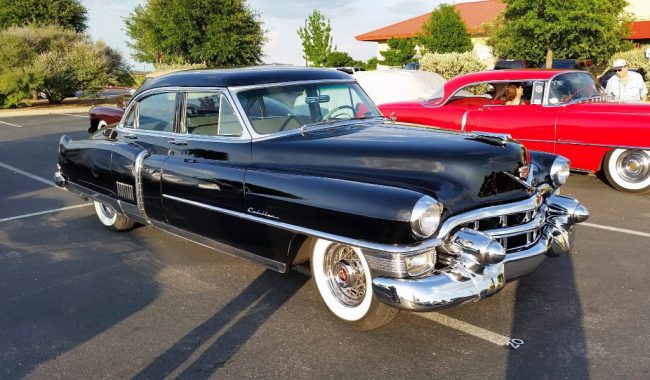







10 Comments
With the added wheelbase and rear footrests, I wonder if this impressive car was really intended to be owner driven. So many well off people of the time employed a married couple in which the female cooked and looked after the kids and the husband gardened and drove for the family. This would not require the ostentation of uniforms and division windows and being seen in an obvious limousine like the Fleetwood 75.
The Fleetwood Talisman of 1975 was basically an owner-driven Seventy-Five, splitting the difference between a deVille and the proper limo.
There was also a 60 Special in the late 80s off the shrunken front drive Deville, with the longer wheelbase. By then I think that type of arrangements time had passed and owners wanted people to know they were being chauffeured.
Which reminds me, Jayson took pictures of a very nice 1987 Fleetwood Sixty Special at this very same show! Looks like another one I’ll have to write up. It was Cotillion White over navy blue leather.
I look forward to it. The wheelbase stretch went into widenining the narrow, too vertical C pilar on the regular Deville, so a big improvement. And of course how could you go wrong with navy blue leather?
I remember what I think was a made-for-TV movie with Carol Burnett back in the late ’80s, and she drove one of these. I can’t remember the name of it though.
Gorgeous ! .
This is the Caddy I’m always alluding to, I spent several years in the early 1960’s in the back of the limousine version of this car and loved it .
At that time it was just an old beater in Boston but looked great to me and was quiet and smooth .
I’d kill for a ’53 Coupe in robin’s egg blue .
-Nate
Beautiful car and even better with the original A/C blowing on the rear passenger’s neck. Anybody here have a theory on why all the 4 door cars of this era had a thin bit of pillar sticking out between the front and rear doors? It always struck me as making the 4 doors seem dowdier and I expect the need to nicely finish the visible portion of that pillar added to production costs, so it seems very strange it persisted so long on both cheap and expensive cars.
So much of Cadillac’s history of that time, is a blur to me. Chevrolet was pretty straightforward, with the postwar cars, and then the Tri-Fives…which were what the kewel kids all had when I was in high school, mid-1970s. Fords, also…the postwar, the ’49; and then the morphing into the beautiful-but-tragically-flawed 1957. And then bloat, and then McNamara, who wanted utilitarian, slab-side, zero-styling cars. Only his lust for more personal power, and Lyndon Johnson, led him to take his bizarro worldview to the Defense Department, and cut it out of Ford.
(Side note: The “S” in his name was Strange – and curiously fitting)
But I digress. Cadillacs…seem to run together. I know, in those years the A Body and B body renewal schedules were far different, and the divisions semi-autonomous…but I’m really hard-pressed to find much different here from an elderly neighbor’s 1955 garage queen.
Cadillacs were not that common in our area, Cleveland’s far West Side; but they were there. The original fins, clear plastic, didn’t seem to distinguish much. There were no 1949s about; the pictures I’d seen didn’t correlate to any cars of my memory. But this one, has a curious continuity with the memory of the 1955. Only the vertical A posts hit me as different on the later one.
And a great-uncle’s 1957. He lived far away (in those years, Philadelphia was far away) and seldom came by; but his great, preserved 1957 (which was ancient when he traded it in in 1966) had much of the same cues. Same browed headlights in fender. Same Dagmars – rubber tipped in 1957. Of course the fins were all new; and the C pillar was reversed, as was the A pillar; but it still radiated familial ties with earlier models. As was to be expected in a car aimed at prosperous, conservative, older buyers.
Even the 1958. Only the quad headlights and the flatter grille stood out. Nothing was dramatic until the 1959 Bs, which sent the divisions into less diversity of models and more of corporate sameness.
A 1953 Cadillac was my father’s first car in 1956. My folks emigrated here from Germany in 1952, and after several years of walking to work everyday (1.75 miles each way), Dad decided he had enough money in the bank to buy a used car. Dad was one of those folks who only bought stuff when he had the cash for it. Unfortunately, I did not inherit that gene.
The Caddy came from a fairly wealthy family who seemed to have taken care of it. However, it was apparently plagued with electrical gremlins which were unsurmountable for him to fix, so he traded it for a used 1957 Ford Fairlane 500 hardtop. He loved that car. So much that he spoke about it for years after.
I don’t think he had a Fleetwood, it must have been a regular Series Sixty. Up until 15 years ago, we had pictures of the car, but as Alzheimer’s took over my mother’s brain, she threw away family albums because she no longer recognized the people in the pictures. Back then, black and white photography was the norm, my only recollection of the car is that it was dark colored and relatively beetle-shaped.
For a long time I thought I would like a Cadillac for myself, as sort of a tribute to my father. With the passage of time, I no longer wish to honor him that way. Lately, I’ve been trying to live up to his standards, which I think is a greater tribute.